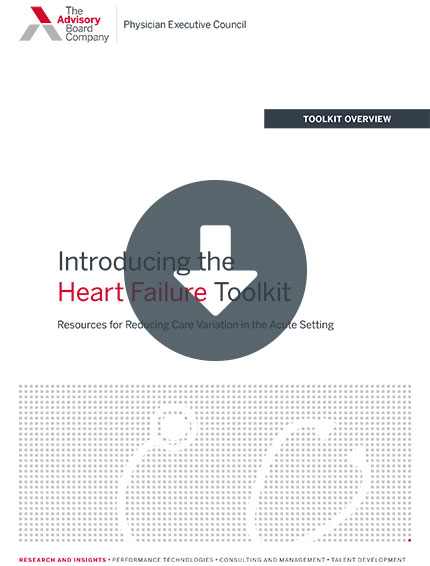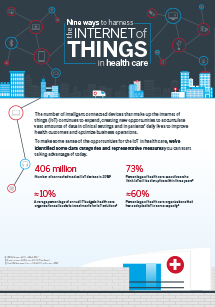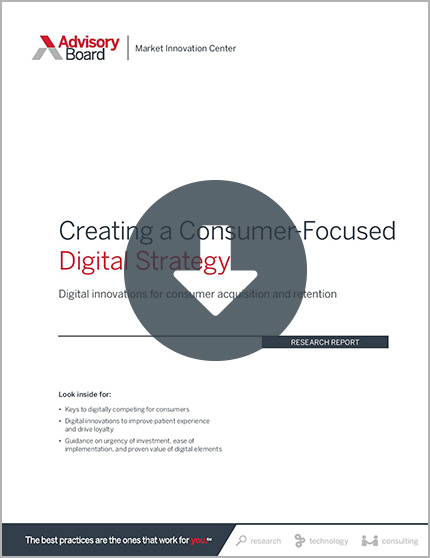Auto logout in seconds.
Continue LogoutWhile Americans might think they understand the health conditions that could kill them, a review of Google searches finds that, relatively speaking, hardly anyone was looking up the leading cause of death.
What 'Google health care' could look like in 5 years
Background
For the report, a team of researchers from Our World in Data sought to understand whether the causes of death that appear most prominently in the media and in Google search queries are in line with data on what actually kills Americans. To do that, researchers looked at 2016 data on:
- Causes of death in the United States, as recorded in CDC's WONDER database;
- Google search trends for causes of death;
- Mentions of causes of death in a database of articles published in The New York Times; and
- Mentions of cases of death in a database of articles published in The Guardian.
The researchers calculated the relative share of deaths, share of Google searches, and share of media coverage. The authors examined the top 10 most common causes of death as well as terrorism, homicide, and drug overdoses.
Findings
The researchers found a discrepancy between the causes of death that Americans are Googling and what people actually die from. For instance, while heart disease accounts for one-third of U.S. deaths, heart disease made up only about 2% of Google searches. Media representation wasn't much better aligned with reality, with heart disease making up just 2.5% of media coverage.
On the other hand, violent forms of death—suicide, homicide, and terrorism—were dramatically overrepresented in Google searches and media coverage. Violent deaths make up less than 3% of deaths in the United States but made up 22.8% of Google searches and more than two-thirds of media coverage in both outlets studied.
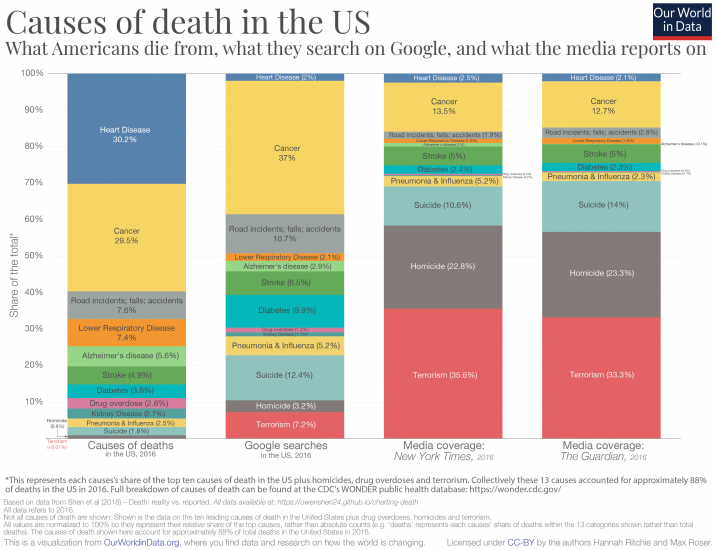
Some causes of death appeared proportionately in Google searches and media coverage. For instance, stroke is responsible for about 5% of deaths and made up a similar share of Google searches and media coverage, according to the researchers.
The researchers noted that the distribution of Google searches more closely resembles the distribution of real-world deaths than media coverage does. According to Our World in Data, "One way to think about it is that media outlets may produce content that they think readers are most interested in, but this is not necessarily reflected in our preferences when we look for information ourselves."
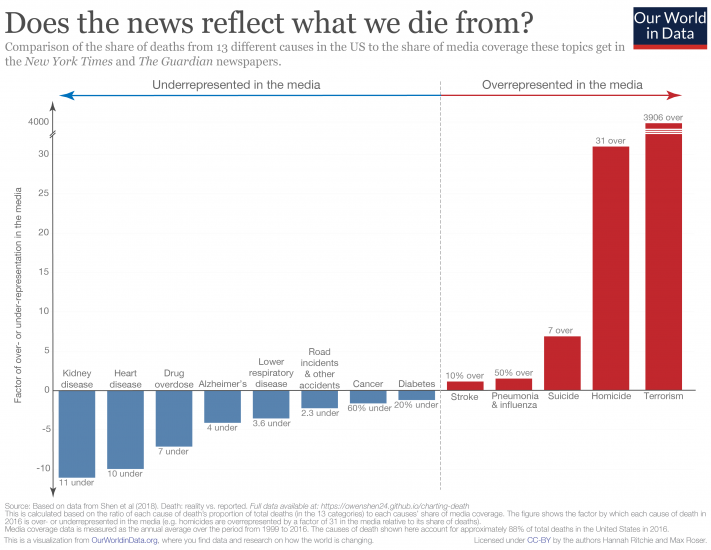
Why the disproportionate interest in violent deaths?
Our World in Data said several reasons could explain why Google searches and media coverage don't correspond with real-world mortality data.
One explanation, according to Our World in Data, is that people may seek out information on causes of death for preventive purposes. For instance, people with suicidal thoughts may go online to seek help and support, which could prevent a suicide death.
Another possible explanation, according to Our World in Data, could be that media coverage aligns more closely with global causes of death. However, the report notes previous research that suggests that's not the case.
A third possible explanation "relates to the very nature of news," according to Our World in Data. News focuses on "events and stories," and news consumers similarly are attracted to "stories and narratives"—rather than average happenings.
As such, according to Our World in Data, "It's not surprising that the media focuses on reports of single (inadvertently negative) events: a murder case or a terrorist attack." That means, according to Our World in Data, "Without conquering our compulsion for the latest unusual story, we cannot expect this representation to be perfectly balanced" (Ritchie, Our World in Data, 5/29).
How to create a consumer-focused digital strategy
This research report explores how innovative provider organizations have created strong digital strategies by grounding their investment approach in two consumer-centric goals: attracting consumers and retaining them.
Don't miss out on the latest Advisory Board insights
Create your free account to access 1 resource, including the latest research and webinars.
Want access without creating an account?
You have 1 free members-only resource remaining this month.
1 free members-only resources remaining
1 free members-only resources remaining
You've reached your limit of free insights
Become a member to access all of Advisory Board's resources, events, and experts
Never miss out on the latest innovative health care content tailored to you.
Benefits include:
You've reached your limit of free insights
Become a member to access all of Advisory Board's resources, events, and experts
Never miss out on the latest innovative health care content tailored to you.
Benefits include:
This content is available through your Curated Research partnership with Advisory Board. Click on ‘view this resource’ to read the full piece
Email ask@advisory.com to learn more
Click on ‘Become a Member’ to learn about the benefits of a Full-Access partnership with Advisory Board
Never miss out on the latest innovative health care content tailored to you.
Benefits Include:
This is for members only. Learn more.
Click on ‘Become a Member’ to learn about the benefits of a Full-Access partnership with Advisory Board
Never miss out on the latest innovative health care content tailored to you.
